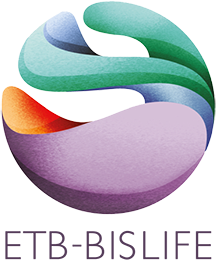The Skin Department was set up in 1975 as the National Skin Bank of the Dutch Burns Foundation. Human allogenic skin had been shown to be of great importance in the treatment of severe burns.
For that reason, the Dutch Burns Foundation decided to set up a centralised Skin Bank for donor skin in the Netherlands.
Additional benefits were the pooling of knowledge, low investment and operational costs, and more opportunities for research into the treatment of burns and other wounds.
Over the years, the demand for donor skin increased, and following a reorganisation the organisation, which had been named Huidbank up to that point, was renamed Euro Skin Bank. As of 2018, the skin bank is part of ETB-BISLIFE.
Because of their shared objectives, the Dutch Burns Foundation and the Skin Department still maintain close ties.
Because of their shared objectives, the Dutch Burns Foundation and the Skin Department still maintain close ties.
